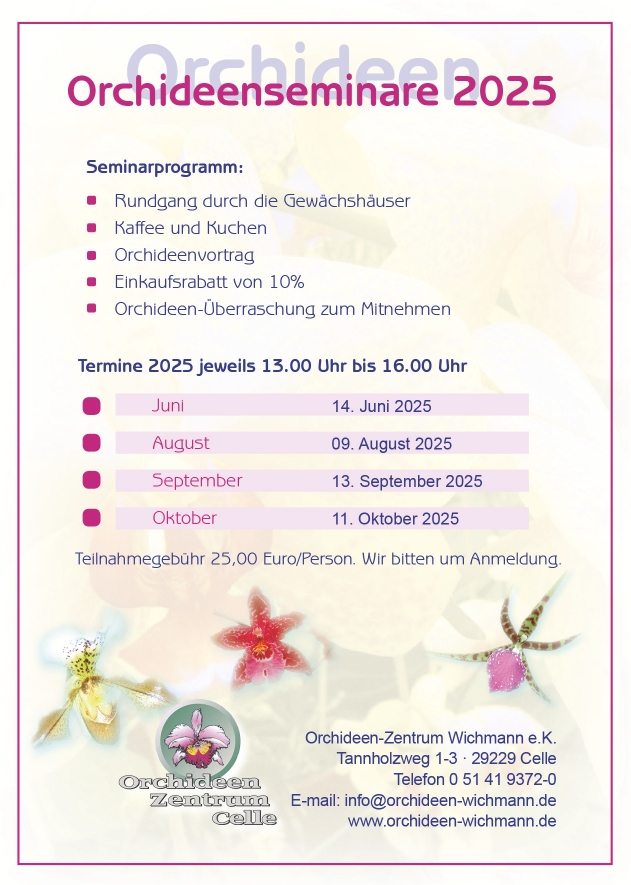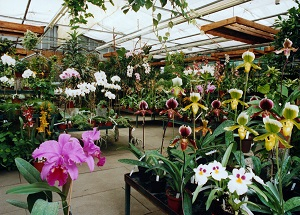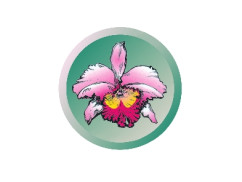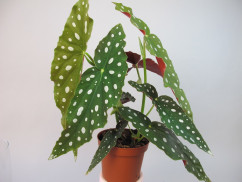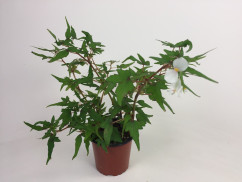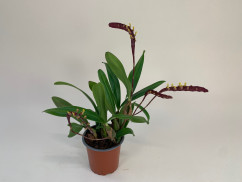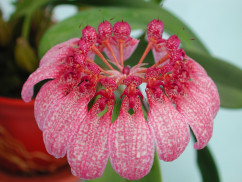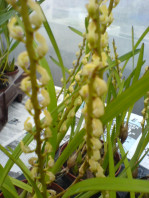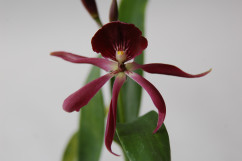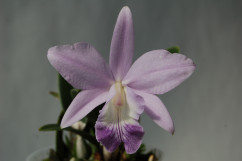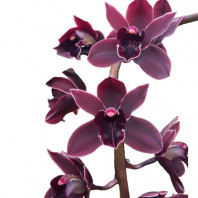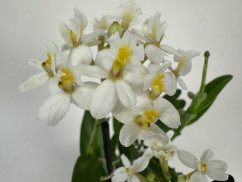Containers and more
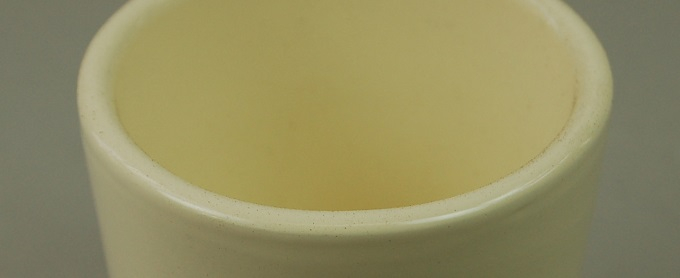
Orchids Vessels - The ideal pot
PLASTIC
Of course, since an orchid is already purchased in the pot, the question of the ideal planter usually arises only at the next repotting. When the time comes, choose a model that is only one unit larger than the previous pot, because a large amount of substrate stores a lot of water, too much for a small plant with modest roots (for now).
If you have bought your plant in a transparent pot, it is a good idea to buy the same again next time. Some varieties, such as Phalaenopsis, also operate with their roots photosynthesis and are pleased when some light reaches deeper levels. Another advantage: all processes in the substrate are always in view, pest infestation quickly and constantly controls the state of the substrate and root growth. However, if you prefer to use the transparent or colored version, in any case the pot should have enough holes in the bottom to drain the irrigation water efficiently.
As a visually appealing, practical and translucent alternative to the planter, you can place orchids in transparent pots on a window pan. These are filled with water a few inches before placing the orchids on the plastic grid above. The roots have no contact with the water, but due to the constant evaporation, the humidity in the immediate vicinity of the plants is increased, which they acknowledge with healthy growth.
Orchids Vessels - The ideal pot
Clay culture pot
A variation of the hanging pot is this handmade cone-shaped clay culture pot. Especially for small or medium-sized orchids, it is a good alternative. Varieties with hanging panicles can be used in this pot to its best advantage, in principle, this vessel is for all types of orchids, for example Paphiopedilum, Cattleya, Oncidium or Phalaenopsis. The artful slots not only decorate the shell from all sides, they also drain or evaporate water more quickly and at the same time ensure good ventilation of the substrate, which is so important for orchids. The pot can be attached to the ceiling with wire hangers (which can be ordered separately), metal chains or strong enough laces. For personal design there are still many possibilities.
And the substrate? This can be safely dispensed with. Small amounts of long-term hydroponic fertilizer in the irrigation water provide the orchid with all the nutrients it needs.
If this novel variant is too adventurous, but you still don’t want dispense the well-established clay pottery classic in terracotta, consider our hanging clay bowl with side holes or simply use the clay pot as a planter. It can bump off temperature fluctuations easily.
Trays
If you have a lot of orchids at home, or even grow young plants in a small greenhouse, you will soon realize the value of setting trays. These plastic trays in different sizes provide storage space for 4, 10 or even 24 orchids in pots of 9 or 12 cm in diameter. They ensure a safe and orderly state, if many pots are to be accommodated in a small area. The plants in the trays can be watered from above at the same time as a shower without removing them first, because several small holes within a large hole in the bottom of the individual parking spaces allows irrigation water to drain quickly.
Casting collar
A casting collar offers the advantage of being able to accommodate many orchids on a limited area. This wide plastic ring clicks in at the edge of the pot, extending the pot upwards. As a result, the leaves of the orchid are slightly erect rather than bulging to the side, and require less space.
Multi slot plate
Usually a new orchid is purchased as a young plant or an adult specimen, but professionals also cultivate baby orchids from the laboratory cup or bottle at home. The best way to do this is to first apply it in suitably small planters and sphagnum moss. In a multi-pin plate with wells of 2.5- 3.5 cm diameter can be cultivated up to 104 or 144 plants in a small space. The required size of the multi-plug-in board depends not only on the number of orchids to be picked, but also on the diameter of the moss platelets. 104er slot plates are used for large moss tiles of 3x4cm and 144mm boards for small moss tiles of 2x3 cm. To pimp the roots and half a centimeter of the pseudobulb between two sphagnum moss platelets must be clamped and dipped in warm water before the plantlet is inserted as deep as possible in the pot. In the subsequent casting, swell the platelets until they fill the whole pot.
Water step
Not necessarily made to decorative ticks, but all the more practical, are water steps. These plastic trays with 9 to 14 cm diameter slots can accommodate up to 24 pots. They ensure a particularly secure stand and are a good choice for the hobby greenhouse, but they are also extremely helpful for transporting several orchid pots. Because the wells are connected to each other while there are no holes in the bottom, water can be accumulated all orchids in it at the same time. But beware: If the plants are still standing in the crate after the dipping bath, the irrigation water must then be completely poured off to prevent root damage due to waterlogging.

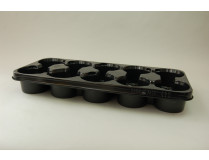
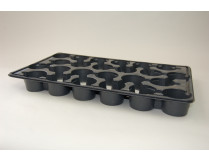
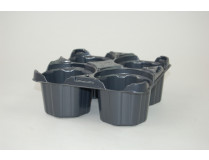
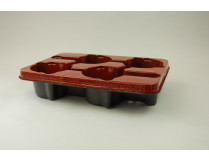
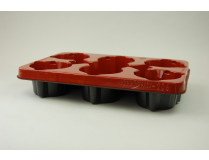
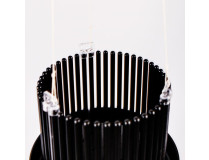
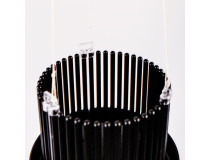
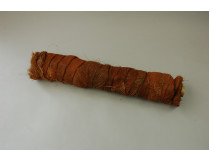
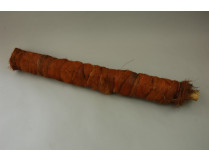


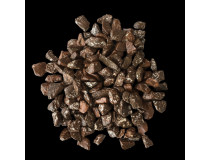

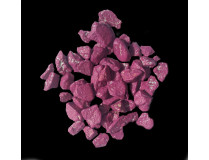
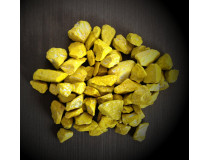

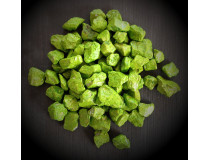
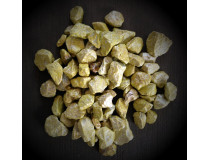
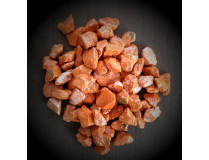




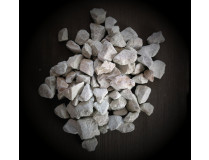
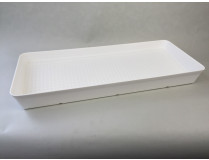
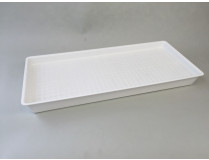
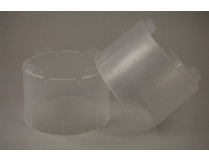
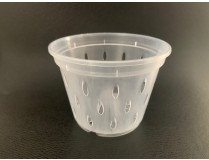
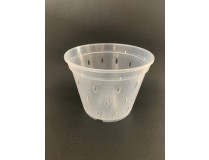
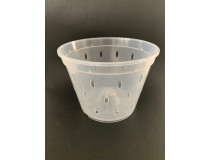
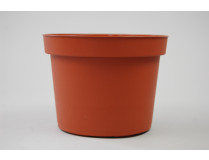
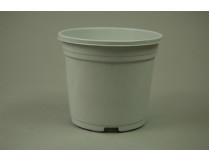
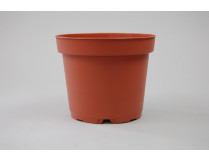
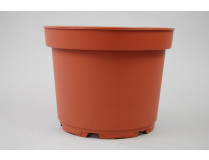
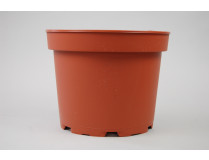
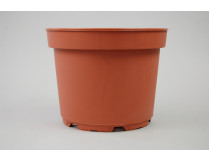
 ... to newsletter subscription
... to newsletter subscription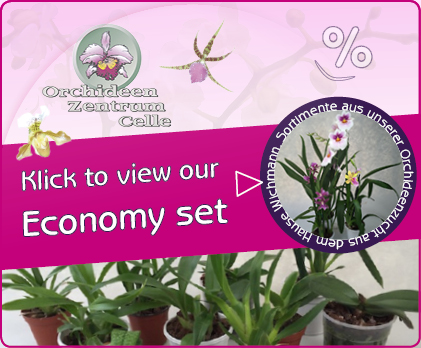 ... to see all economy sets
... to see all economy sets